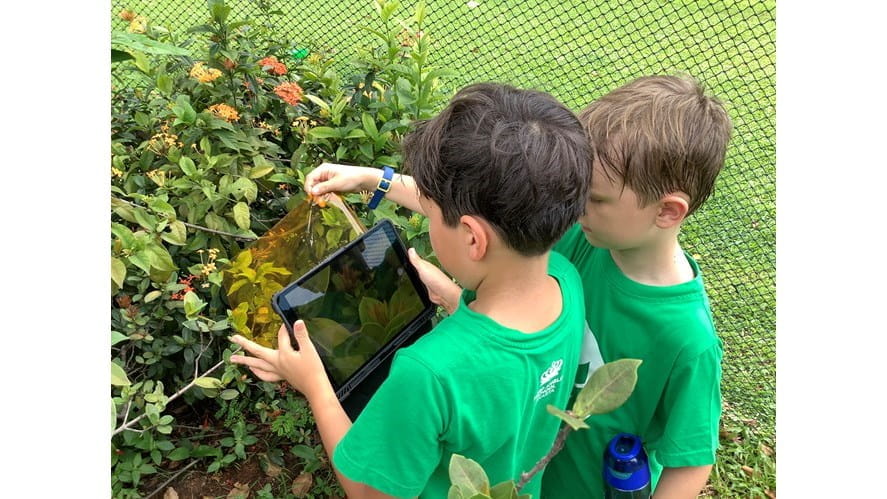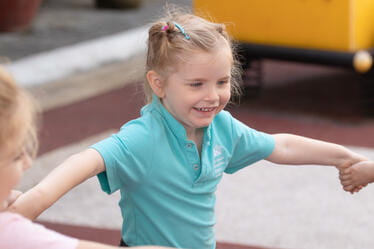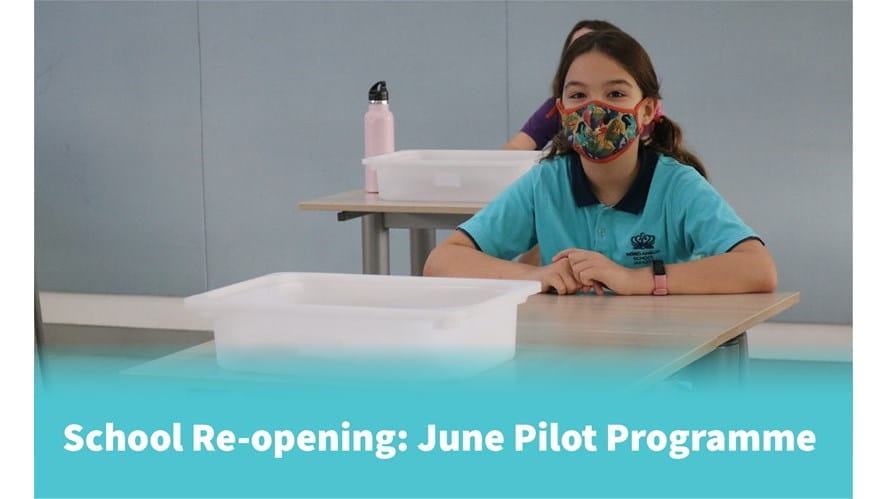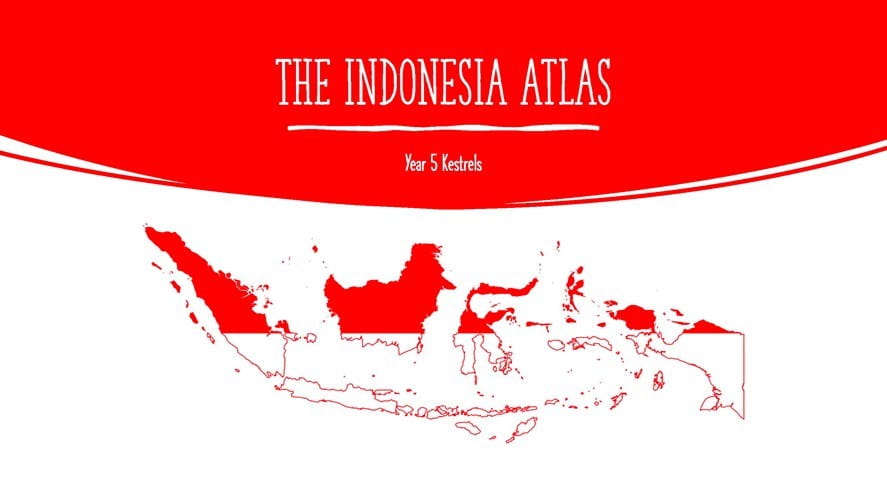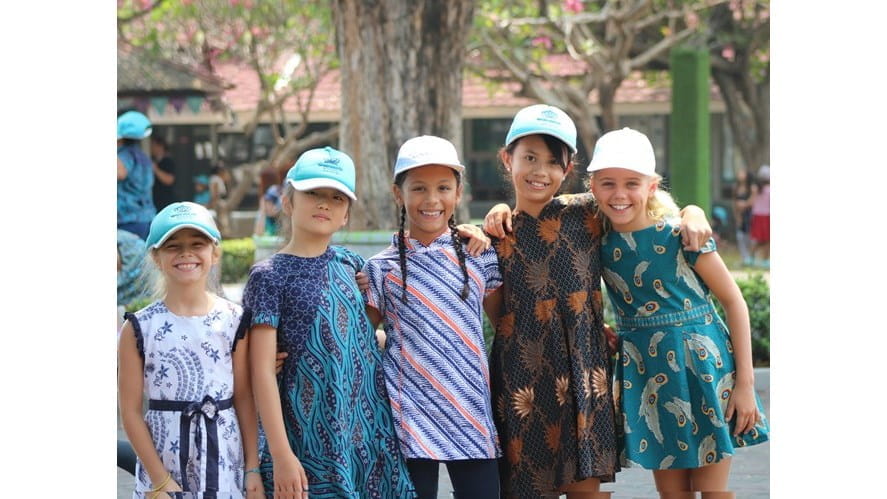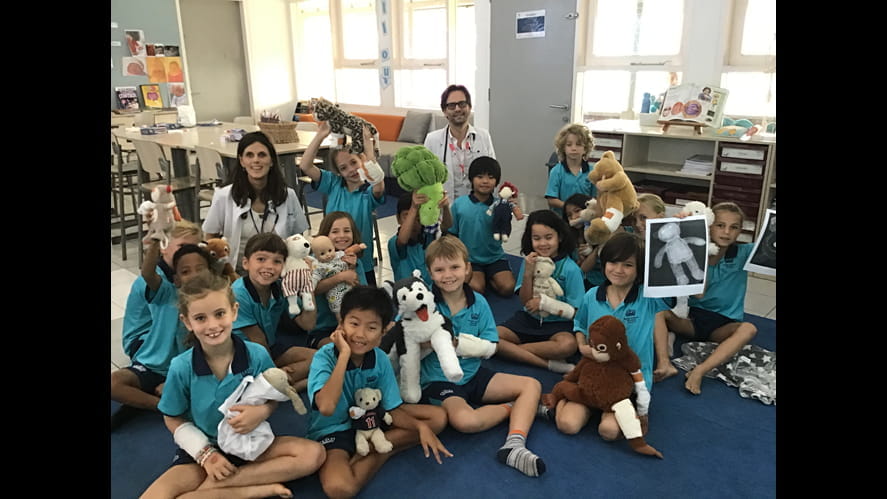STEAM – A Different Lens NAS Jakarta took part in a STEAM challenge set by MIT (Massachusetts Institute of Technology), in conjunction with Nord Anglia University. The challenge was for students to create a compelling image with a new perspective that will engage and inform the viewer. They will capture a compelling scientific image that, when paired with explanatory text, conveys a complex concept.
At NAS Jakarta, we value inquiry, collaboration and creativity. STEAM – Science, Technology, Engineering, Art and Maths – as an inquiry lead learning activity is a perfect way to develop these skills, negotiate new knowledge and extend, and test, their understanding. We have a wonderful Maker Space in which we can create products, with tools and materials, that meet the design criteria. We can program in the Maker Space, with a range of technology designed with the learner and inquirer in mind.
Last month we decided to take STEAM out of the Maker Space and into the school environment.
We have regular STEAM challenges as a whole Primary department. This allows us to mix up the ages of the children so that students from Year 1 to Years 6 can collaborate and work together as teams. It gives the opportunity for the younger students to see skills and understanding modelled, and allows the older students to encourage and teach the younger students; exercising the highest level of understanding. Often, the older students are surprised to see the fresh perspectives the younger students have to offer and have learnt to value everyone’s contribution. The organisation of the event also allows us to work in house teams, which adds a little competition to the events.
Last month, NAS Jakarta took part in a STEAM challenge set by MIT (Massachusetts Institute of Technology), in conjunction with Nord Anglia University. The challenge was for students to create a compelling image with a new perspective that will engage and inform the viewer. They will capture a compelling scientific image that, when paired with explanatory text, conveys a complex concept.
As a whole Primary department, we talked about how we see things because of the way light works; that it travels from a light source in a straight line and is reflected from an object into our eyes, where our brain turns the light into recognition of a physical object. Using this knowledge, we talked about how light can be changed, both in the journey from the light source to the object and from the object to our eyes. In groups of 3 and 4, the children were given iPads and a range of materials which could obscure and reflect light (mirrors, translucent materials and lenses). They were given the challenge, discussed their plans and went out into our beautiful, natural grounds to put their plans into action. They were told that they had to turn in just five photographs that they felt best met the demands of the challenge. This meant that they had to carefully follow the design cycle: Investigate (see the effects different reflectors and refractors had on the light and identify suitable subjects); design (test the different angles and materials); create (take pictures with different members of each group playing important roles in holding materials and the camera); and evaluate (decide what worked well, how it could be improved and making final choices of images to submit). Of course, as a cycle, they were able to improve their attempts (and skills and knowledge) each repeat of the cycle.
The children produced some incredible images and were able to discuss their methods, their reasoning and what they learnt (and taught) through the experience. I’m sure you’ll agree that the results are incredible but the impact on their own learning was immeasurable; photography skills, a deeper understanding of the way light works and how they can learn from each other through collaboration.



